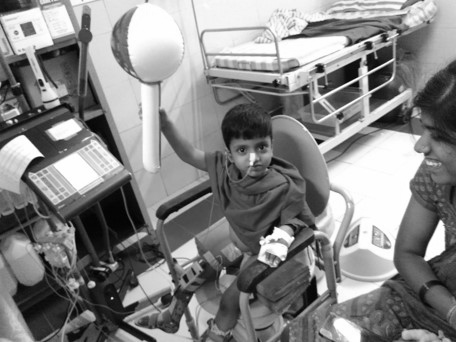Urodynamics


FAQ
These tests provide important anatomical details but not enough functional data. To understand the defect in the mechanism, measurements of the pressures and volumes are required.
Since the test involves giving antibiotic injections, insertion of tubes into the bladder, motion passage etc., some discomfort and pain are inevitable, however, anesthetic cream is used to reduce sensations and each of this step takes short period, on average, lasting about 10 seconds.
For young children, we give them sedation during tube insertion etc. They need to be starved for 4 hours before test. However, the test itself is done when they are partly awake. The key to make it easy rests largely on the parent. Preparing the child by truthfully explaining steps and assuring that you will be there to hold their hand is most important. Distraction with toys and stories are useful.
Yes, you can.
It is advisable to bring a friend or relative who can help with personal belongings as well as take part in the discussion, if you wish to involve them to understand the issues.
If there is an infection in urine, insertion of bladder tubes during the test can spread it to rest of the body. Correct antibiotic helps to prevent this serious complication. Also, active infection can alter bladder function, giving incorrect information.
This test takes couple of hours, before era of deposit collection, we have had patients who simply did not turn up! We cannot get last minute replacement.
This test gives incorrect results if your rectum is loaded. Use a laxative so that you open your bowel before you come for the test. You can not pass motion during the test, results become invalid.
There are three reasons for removing hair from a private area-both in front and near the motion passage at the back before the test. The first reason is, it allows us to record control valve muscle signals better, second, the tubes can be fixed securely and third-and most important from your perspective- removing the electrodes and plaster becomes painless. Hair being pulled out by adhesive tapes is a rotten experience, to be avoided! If the razor is scary for you, use depilatory creams which are available from chemists. They come with an instruction leaflet.
We provide a wheelchair to shift to the procedure room. Trolly is available too. However, we do not have manpower to lift patient. You will need to assess your requirement and arrange appropriate personnel for lifting you to the procedure bed.
The decision for the tube insertion and removal are best discussed with the referring consultant. We would normally send you back in same state as you came in.
It is better to postpone the test to a later date.
This test requires us to put in a measured quantity of saline through tube. If your kidneys are also chipping in with unknown quantity of urine during the same time, our measurements about bladder go wrong.
The first part of the test is to assess bladder’s ability to empty urine. It will not be possible to do this if the urine is continuously draining out into the bag. Empty the bag after clamping. There will be no urine in the bag if your clamping of the tube is done correctly.